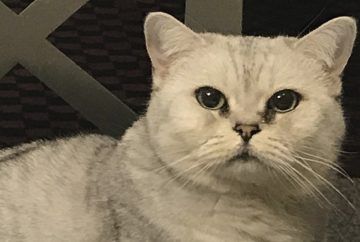Paul Thagard in Aeon:
 My friend Laurette has two cats, Zhanna and Pixie. When Laurette pets Zhanna, Pixie interferes by attacking Zhanna. By analogy to humans, it is natural to interpret Pixie’s behaviour as jealousy, but perhaps Pixie is just attempting to assert dominance or establish territoriality. There have been no experimental studies of cats to discriminate between jealousy and alternative hypotheses, but studies of dogs support the claim that they actually do get jealous.
My friend Laurette has two cats, Zhanna and Pixie. When Laurette pets Zhanna, Pixie interferes by attacking Zhanna. By analogy to humans, it is natural to interpret Pixie’s behaviour as jealousy, but perhaps Pixie is just attempting to assert dominance or establish territoriality. There have been no experimental studies of cats to discriminate between jealousy and alternative hypotheses, but studies of dogs support the claim that they actually do get jealous.
The logic of attributing mental states to nonhuman animals is complicated. We cannot use deductive inference, because there are no general rules that would tell us that when an animal has a specific behaviour, then it is jealous. Probability theory is also useless, because we do not know the likelihood of an animal’s behaviour given that an animal is jealous, which is needed to calculate the probability that an animal is jealous. Instead, we can use a form of reasoning that philosophers call inference to the best explanation. We can legitimately infer that cats or dogs are jealous if that hypothesis provides the best explanation of all the available evidence.
Several factors contribute to determining the best explanation. First, how much does a hypothesis explain?
More here.
